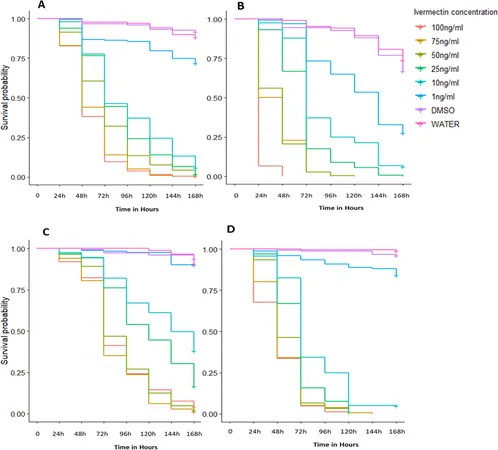
Unveiling the Hidden Dangers of Systemic Sclerosis: New Predictors and Outcomes Revealed!
2025-06-12
Author: Li
Are You Dismissed? The Early Signs of Systemic Sclerosis You Cannot Ignore!
The Very Early Diagnosis of Systemic Sclerosis (VEDOSS) is shining a light on crucial red flags that could signal this debilitating condition long before official diagnosis. Symptoms like puffy fingers, peculiar nail fold capillary patterns, and specific autoantibodies in patients experiencing Raynaud's phenomenon indicate a very early disease stage that is often overlooked.
Groundbreaking Findings at EULAR 2025!
Recent research unveiled at the European Alliance of Associations for Rheumatology congress (EULAR 2025) dives deep into the predictors and outcomes associated with systemic sclerosis. Highlights include an innovative composite score designed to track disease progression and pinpoint mortality drivers, paving the way for earlier and more precise diagnostics.
Startling Statistics from the VEDOSS Project!
Previous studies from the VEDOSS initiative highlighted a shocking reality: about 70% of patients with Raynaud's phenomenon exhibiting at least one red flag—like specific antibodies or puffy fingers—will end up meeting the 2013 ACR/EULAR classification criteria within five years. But don’t be fooled! Meeting these criteria doesn’t always indicate significant disease progression. Early clinical events such as digital ulcers, skin fibrosis, or interstitial lung disease (ILD) could serve as more accurate markers of disease advancement.
A Pioneering Analysis into Disease Progression!
Led by researcher Stefano Di Donato, a comprehensive analysis of 442 VEDOSS patients not yet classified under the 2013 criteria investigated clinical outcomes over five years. The study defined progression as the initial occurrence of severe symptoms, including digital ulcers, skin score changes, or declining lung function. Findings revealed that 51.1% of patients experienced significant clinical events during the study, with a staggering 11.1% at 12 months and rising to 65.6% by 60 months.
The Urgent Need for Early Detection!
These results serve as a wake-up call about the importance of early diagnosis. Nearly two-thirds of patients experienced their first major symptom before being classified, emphasizing the power of timely interventions to mitigate systemic sclerosis's life-altering effects.
More Than Just a Diagnosis: The Cancer Risk You Need to Know!
Systemic Sclerosis is not just about joint pain and skin changes; it also comes with a heightened mortality risk, particularly due to heart and lung complications as well as associated diseases, including significantly elevated cancer risks—up to 150% higher for those diagnosed with SSc. The urgency for early detection cannot be overstated!
Revealing Troubling Trends in Hematological Malignancies!
Recent findings presented by Karin Gunnarsson at EULAR 2025 analyzed data from Swedish healthcare registers, uncovering alarming insights about hematological malignancies among SSc patients. Among 1,720 individuals with SSc, the incidence of first-time blood cancers was 1.6%, compared to 0.9% in the general population. This translates to a crude incidence rate of 2.3 versus 1.2 per 1,000 person-years.
Men and Younger Patients at Higher Risk!
The risk was particularly pronounced in men and younger individuals diagnosed with SSc as early as 18 years old. These crucial insights underscore the necessity of continued research and enhanced awareness of systemic sclerosis's broader implications on health.
As the medical community advances its understanding of this complex disease, the call to action is clear: early identification and intervention are vital to improving outcomes for SSc patients. Don’t let ignorance take a toll on your health!




 Brasil (PT)
Brasil (PT)
 Canada (EN)
Canada (EN)
 Chile (ES)
Chile (ES)
 Česko (CS)
Česko (CS)
 대한민국 (KO)
대한민국 (KO)
 España (ES)
España (ES)
 France (FR)
France (FR)
 Hong Kong (EN)
Hong Kong (EN)
 Italia (IT)
Italia (IT)
 日本 (JA)
日本 (JA)
 Magyarország (HU)
Magyarország (HU)
 Norge (NO)
Norge (NO)
 Polska (PL)
Polska (PL)
 Schweiz (DE)
Schweiz (DE)
 Singapore (EN)
Singapore (EN)
 Sverige (SV)
Sverige (SV)
 Suomi (FI)
Suomi (FI)
 Türkiye (TR)
Türkiye (TR)
 الإمارات العربية المتحدة (AR)
الإمارات العربية المتحدة (AR)